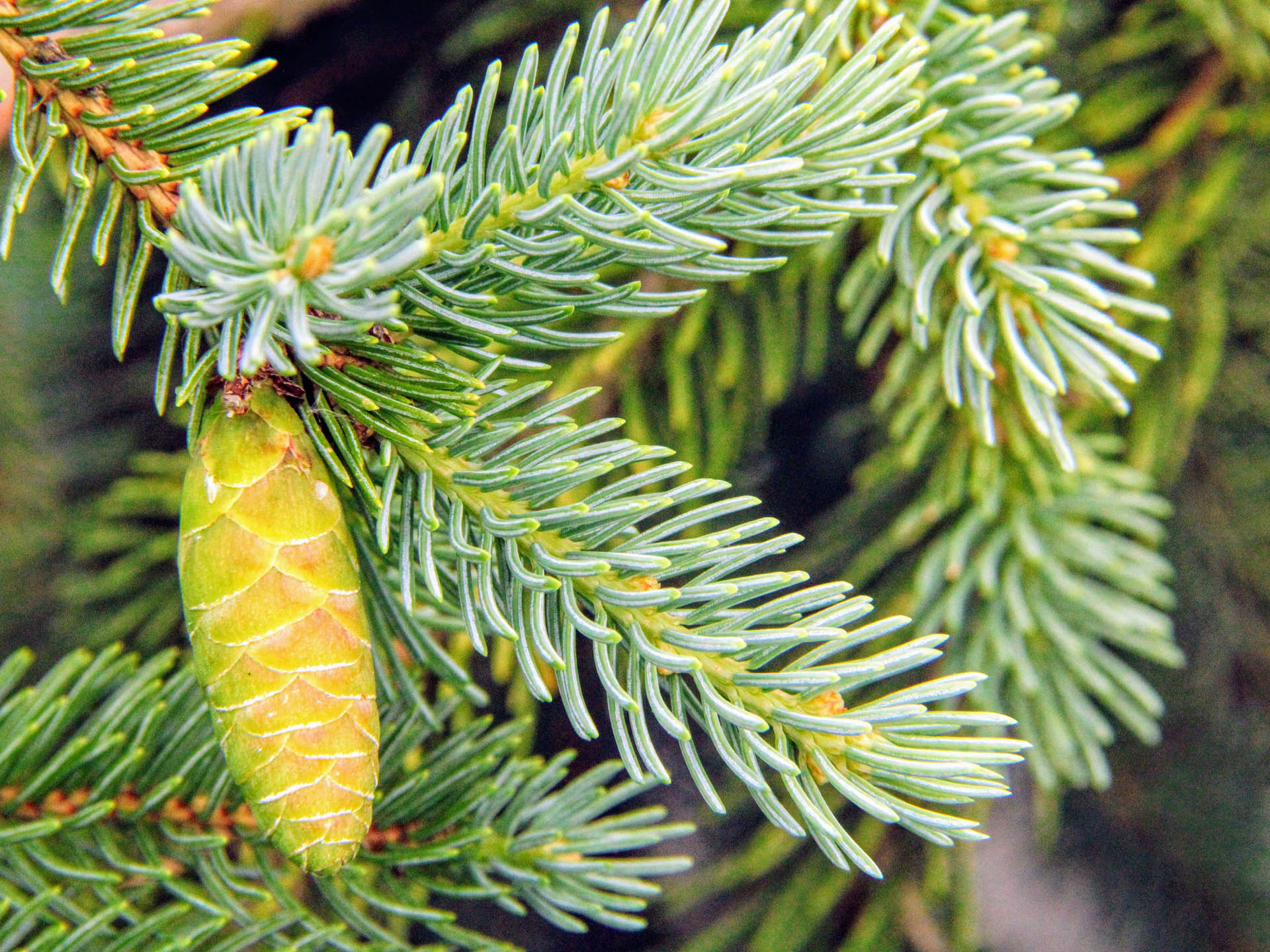For gardens seeking an elegant narrow evergreen, Picea glauca ‘Skinny Blue Genes’ is a perfect choice. This aptly named cultivar of the Black Hills spruce boasts rich blue needles and a slender conical form that adds refined vertical interest. Discover why this distinctive spruce deserves a spot in landscapes seeking standout conifers.
Part of the Garden Debut® plant collection, ‘Skinny Blue Genes’ is a cultivated variety of Picea glauca, the native Black Hills spruce. It was selected for its narrowly pyramidal habit and intense blue foliage, standing out from the species’ typically broad, open growth. Mature heights reach 25 feet tall, but only 8 feet wide.
The fine, sharp needles exhibit a striking powdery blue color. Winter or summer, it provides year-round presence with texture and tone. Hardiness is excellent for cold winter climates down to zone 2. Growth is moderately fast when young, slowing with age.
Overall this spruce combines narrow form cold hardiness, vivid color, and excellent deer and drought resistance – a landscape superstar!
Growing Conditions for Picea glauca ‘Skinny Blue Genes’
This spruce thrives in full sun and well-drained soil. It tolerates most soil types, including those on the acidic or alkaline side. Some supplemental irrigation is appreciated, especially while establishing, but it is quite drought tolerant once mature.
Wind protection when young helps maintain the perfect pyramidal shape Sheltered locations also limit drying out Avoid siting where soil stays constantly wet. Ideal placement is a spot with good airflow and sun exposure.
How to Use Picea glauca ‘Skinny Blue Genes’ in the Landscape
The upright columnar habit makes ‘Skinny Blue Genes’ a wonderful vertical accent or exclamation point. Use it as a tall evergreen hedge, living screen, or windbreak. Position it as a standalone specimen in the yard or borders.
Good companion plants include other conifers, ornamental grasses, perennials, and rock garden plants. For contrast, underplant with green foliage like hostas or ferns. Allow space for the spruce to achieve its full narrow dimensions.
Plant it singly or in matching symmetrical pairs flanking entries, borders, or paths for elegant appeal. You can also mass in groups of three or five for color and texture impact. Containers and rock gardens can highlight it as a focal point too.
Care and Maintenance Tips for Picea glauca ‘Skinny Blue Genes’
This spruce needs minimal care to look its best. Apply a 2-4 inch layer of organic mulch around the base to maintain soil moisture and temperature. Water during droughts, taking care to moisten the entire root zone.
Prune only to remove dead branches, as random shearing destroys its natural shape. Feed in early spring with a balanced, slow-release fertilizer to promote healthy growth. Monitor for common conifer pests and treat promptly if issues arise.
Provide winter wind protection the first few years after planting. Stake newly planted trees to protect against toppling in wind and heavy snow or ice. Set trees atop a mound or slope for drainage. Group plantings together to shelter each other.
For gardens seeking a narrow vertical evergreen, Picea glauca ‘Skinny Blue Genes’ provides an exquisite option with year-round beauty. Let this svelte blue spruce become a stunning specimen in your landscape.

Skinny Blue Genes™ Spruce
- Slender, uniform growth habit with dense branching to the ground
- Stiff short needles are a dull blue-green
- It’s a great specimen or privacy screen.
- A selection from a spruce native to much of Ontario
ZONE: 2
HEIGHT: 5-6 m
SPREAD: 2-2.50 m
Can You Eat Blue Spruce?
FAQ
What is the narrowest blue spruce?
How big does Picea glauca grow?
What is the lifespan of a Picea glauca?
Why are some blue spruce bluer than others?
- The Ultimate Guide to Growing Strawberries in Raised Beds - August 8, 2025
- No-Dig Garden Beds: The Easiest Way to Grow a Beautiful Garden - August 6, 2025
- How to Protect and Preserve Wood for Raised Garden Beds - August 6, 2025
